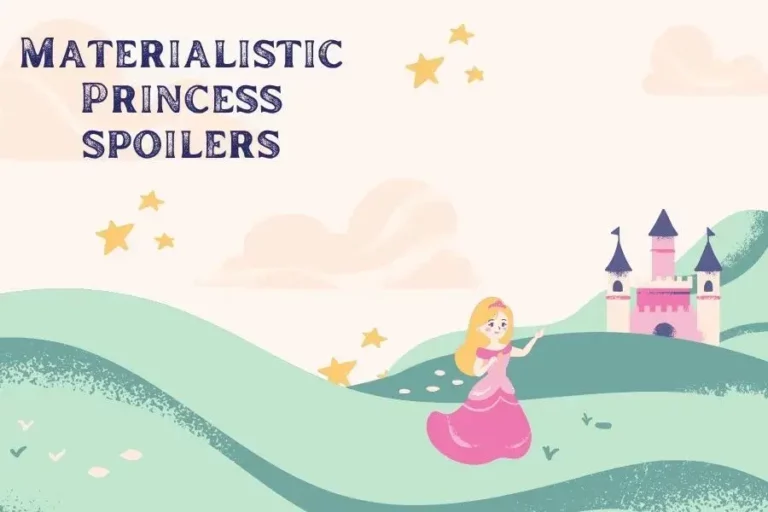Why you should publish press release on a specific day & time?

In the world of public relations and media strategy, the timing of a press release can be as critical as its content. Understanding the best time to send a press release ensures the message reaches its intended audience and maximizes engagement and impact. This article delves into the strategic importance of selecting a specific day and time for publishing press releases, offering insights into how professionals can enhance their communication efforts.
Aligning With Media Schedules
Media outlets operate on well-defined schedules, planning content to cater to their audience’s routines. Releasing information to align with these schedules increases the likelihood of coverage. For example, sending out press releases early in the week, particularly on Tuesdays or Wednesdays, avoids the weekend lull and capitalizes on the higher activity levels when journalists search for stories. Similarly, timing releases for early morning ensures they are part of the day’s news cycle, making it more likely for the story to be picked up and disseminated.
Understanding Audience Behavior
The target audience’s behavior plays a pivotal role in determining the time. Different demographics have varying media consumption habits, with some groups more likely to engage with news in the morning while others may be more receptive in the evening. Researching the specific audience a press release is intended for can guide the timing of its release, ensuring it appears when the audience is most attentive and engaged.
Leveraging Analytics for Precision
Advancements in analytics tools have made it possible to refine the timing of press releases further. By analyzing previous engagement metrics, organizations can identify patterns in their audience’s behavior, pinpointing when their releases will perform best. This data-driven approach removes much of the guesswork in scheduling, allowing for a more strategic deployment of information.
Avoiding the Clutter
The media landscape is often saturated with information, making it easy for messages to get lost in the noise. Selecting a day and time when fewer competing stories are released can help a press release stand out. This involves avoiding major news days and considering industry-specific timing. For instance, avoiding major conferences or events in the relevant sector can prevent a press release from being overshadowed by broader news stories.
Maximizing Social Media Impact
Social media platforms play a significant role in amplifying press releases. However, the timing for social media sharing may differ from traditional media outlets. Peak usage times on these platforms can vary widely, often leaning towards evenings and weekends when users are more likely to browse their feeds leisurely. Aligning the release of a press statement with these peak social media times can enhance visibility and engagement, driving further interest and coverage.
Seasonal and Cyclical Considerations
Certain times of the year can be more advantageous for releasing press statements due to seasonal trends and industry cycles. Understanding these patterns and planning releases to coincide with them can increase relevance and resonance with the audience. For example, a press release related to consumer electronics might be timed around major industry expos or the holiday shopping season to maximize interest and coverage.
Conclusion: Strategic Timing for Enhanced Visibility
The best time to send a press release transcends mere guesswork, embodying a strategic decision that can significantly influence the success of a communication campaign. Organizations can ensure their press releases achieve maximum reach and impact by aligning with media schedules, understanding audience behavior, leveraging analytics, avoiding information clutter, maximizing social media impact, and considering seasonal trends. In the competitive landscape of news and information, the timing of a press release is not just a detail but a critical element of strategic communication planning, ensuring that the right message reaches the right audience at the right time.





